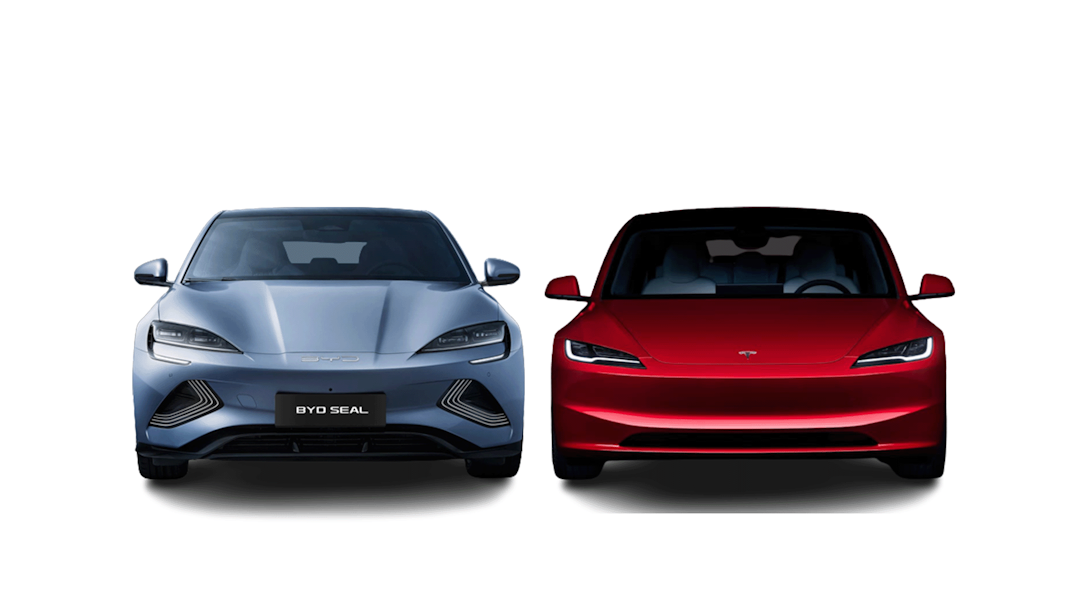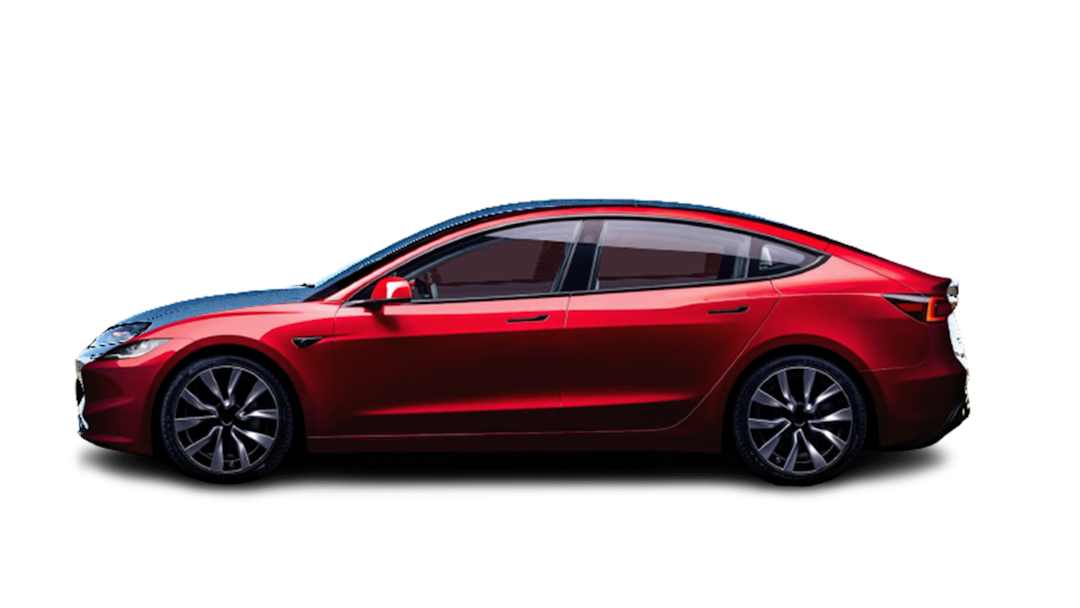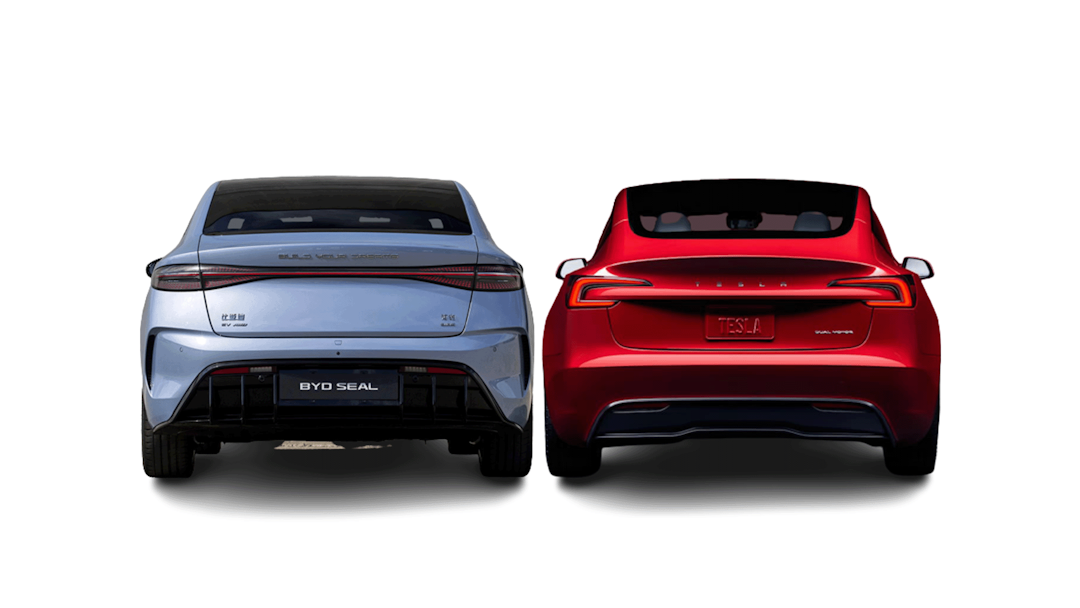
This is a comprehensive comparison of the specs and features between the best selling electric sedan the Tesla Model 3 (updated 'Highland' edition) and its closest competitor, the BYD Seal. This comparison focuses on the most comparable base variants of each model, click to view full technical specs:
- BYD Seal Dynamic Standard Range
- BYD Seal Premium Extended Range
- Tesla Model 3 Rear-Wheel Drive
▶MORE: 2024 BYD Seal Premium Review
Price and Incentives
As of the date of this comparison, the Tesla Model 3 RWD costs $12,012 and $3,102 more than the BYD Seal Dynamic and BYD Seal Premium before on-road costs and government incentives. They will be eligible for some state government incentives and the FBT exemption.
For a more detailed breakdown of eligible government incentives, estimated driveaway price and total cost of ownership - use the zecar cost of ownership calculator.
Did You Know?
Due to the FBT exemption, procuring either EV through a novated lease will be substantially cheaper than an outright purchase.
For complete price, specifications and features, view the following articles:
Size and Dimensions
Both EVs are considered to be practical cars and offer best in class passenger and storage space, attributable to being built on dedicated EV platforms. The BYD Seal is the bigger car (+80mm length and 45mm wheelbase), which translates to more interior passenger space. The Model 3 has more storage space with an extra 194 litres in the boot and 38 litres in the frunk.
Range and Performance
The BYD Seal Extended Range offers the most claimed WLTP range, due to its larger battery. Depsite having a smaller battery, the Model 3 RWD has higher range than the Seal Standard Range. This is dueto its lower weight and and Tesla's leading drivetrain efficiency.
The BYD Seal Extended Range offers the fastest acceleration, hitting the 100 km/hr in 5.9 seconds. This is due its more powerful motor and its rear-wheel drive setup.
Battery and Charging
The BYD Seal Extended Range offers the largest battery pack which contributes to its high range but also its weight.
The Model 3 offers faster charging than noth Seal variants across both home AC charging and public DC charging. For example the Model 3 RWD should reach a 10-80% charge in as little as 25 minutes.
The BYD Seal does offer the advantage of V2L which allows you to use the car's battery as a mobile power bank. This could be useful for camping, roadtrips and potentially in the event of a blackout.
Read More:
Calculate your personal charging costs and times for each model using this calculator.
Driver Technology
The Model 3 and Seal offer similar levels of driver assist technology features on paper, however in reality the Tesla Autopilot system offers a much better experience for highway driving. At this stage Tesla's Autopilot appears to be one of the best driver assistance systems in the market particularly for highway driving. The Seal however features an exceptional 360 degree camera which the Model 3 lacks.
Infotainment and Connectivity
Both EV models offer strong infotainment and connectivity.
The Model 3 is highlighted by its best in-class 15 inch centre screen, user-friendly interface and high quality premium sound system.
The Seal's infotainment system is android based and is offered through and 12-speaker sound system. The Seal however features wireless Android Auto and Apple Carplay, something Tesla has yet to offer in any of its vehicle models.
Both models features mobile apps which allow functionalities such as remote lock, pre-heating/cooling and charge monitoring. At this stage, the Tesla mobile app offers more features.
Other Features
Stay up to date with the latest EV news
- Get the latest news and update
- New EV model releases
- Get money savings-deal





